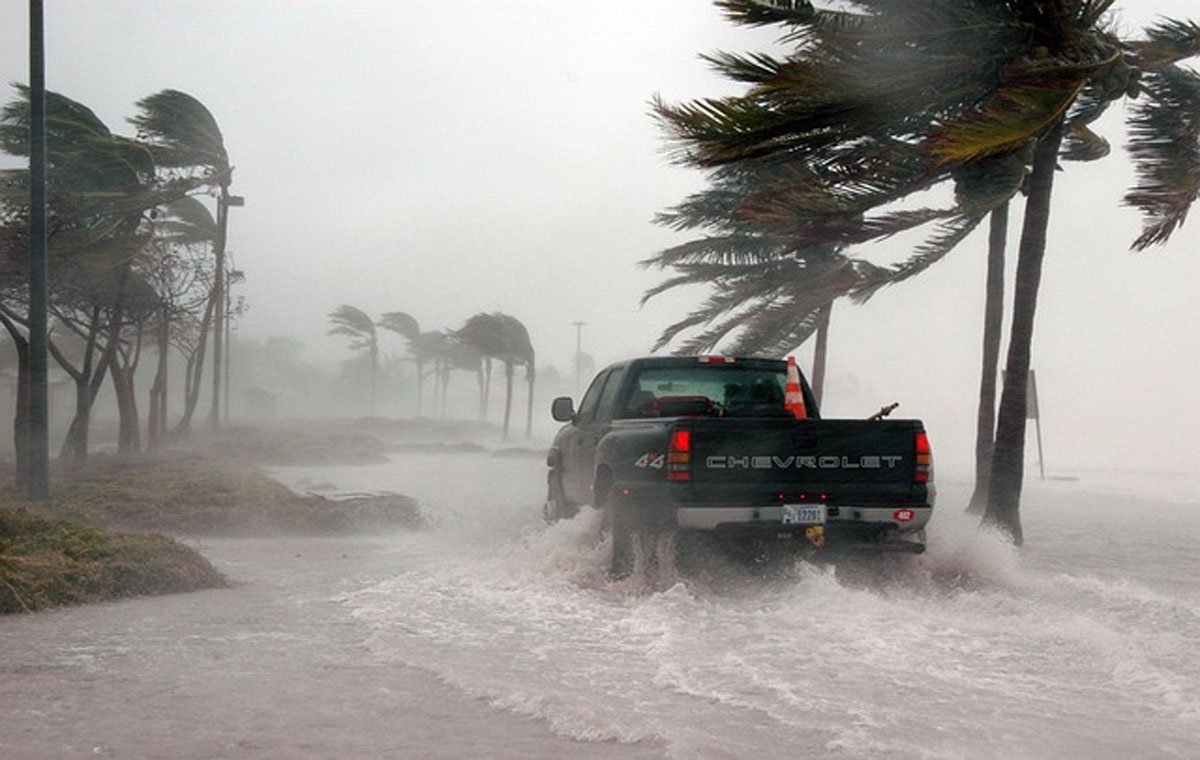The question of whether the US government is doing enough to assist hurricane victims is both timely and complex. The United States is no stranger to devastating hurricanes, with regions like the Gulf Coast and the Eastern Seaboard frequently hit by powerful storms. The economic and human toll is immense, and federal and state governments have long been tasked with the responsibility of providing aid and recovery assistance. However, the efficacy of these efforts often comes under scrutiny, particularly in the wake of major disasters such as Hurricane Katrina, Harvey, and most recently, Hurricane Ian.
Federal Disaster Relief Programs

The Federal Emergency Management Agency (FEMA) is the primary federal agency responsible for coordinating disaster relief efforts. When a hurricane strikes, FEMA is mobilized to provide immediate relief, including emergency food, water, and shelter, as well as financial assistance for long-term recovery efforts. However, questions frequently arise about whether FEMA is capable of meeting the overwhelming needs of affected communities.
FEMA’s Role in Immediate Response
FEMA is designed to be the first line of defense in the aftermath of a natural disaster. Within hours of a hurricane, FEMA typically dispatches teams to assess the damage and coordinate efforts to provide life-saving supplies. Victims may receive grants for temporary housing, basic home repairs, and even medical costs. Despite these efforts, criticism of FEMA’s response times and bureaucratic inefficiencies often surfaces, especially when large-scale disasters overwhelm available resources.
One of the key areas where FEMA struggles is ensuring that aid reaches rural or isolated communities. In some cases, victims report waiting for days, even weeks, for assistance. These delays can exacerbate the physical and emotional toll on survivors, who are left without the means to rebuild their lives quickly.
Financial Support and Insurance
While FEMA provides essential relief, the financial burden of rebuilding often far exceeds the assistance the government can provide. Many homeowners in hurricane-prone regions rely on federal flood insurance through the National Flood Insurance Program (NFIP). However, the NFIP has faced significant criticism for being underfunded and slow to process claims. In the wake of catastrophic hurricanes, it’s not uncommon for insurance payouts to be delayed, leaving victims in financial limbo.
Moreover, there are often gaps in coverage, as many homeowners are either uninsured or underinsured. Those without flood insurance may find themselves facing devastating financial losses, unable to recover without taking on enormous debt. This has led to increasing calls for the government to do more to ensure comprehensive coverage for all residents in hurricane-prone areas.
State and Local Government Support
While the federal government plays a critical role in disaster response, state and local governments are equally essential in the recovery process. In many cases, they are the first to respond, deploying National Guard units, providing shelters, and coordinating local relief efforts. However, the quality of this support can vary dramatically from state to state, often depending on budgetary constraints and political priorities.
Preparedness and Infrastructure Investment
One of the key questions regarding state and federal efforts is whether there is enough investment in disaster preparedness and infrastructure resilience. Preventative measures, such as constructing levees, enhancing drainage systems, and implementing stricter building codes, could dramatically reduce the impact of hurricanes. States like Florida and Louisiana have made substantial investments in hurricane-resistant infrastructure, but the scale of these projects is often limited by funding.
Moreover, many argue that there needs to be a greater emphasis on climate adaptation and the long-term sustainability of coastal communities. As hurricanes become more frequent and intense due to climate change, there is increasing pressure on governments at all levels to take proactive steps to mitigate future risks. This may include relocating vulnerable populations or developing more robust evacuation plans.
Local Community Support Networks
Local organizations and non-profits often fill the gaps left by government agencies. After major hurricanes, groups like the Red Cross and Habitat for Humanity step in to provide everything from emergency supplies to long-term housing solutions. Churches, local charities, and grassroots organizations also play an indispensable role in the recovery process, providing emotional and financial support to hurricane victims. These networks are especially vital in underserved communities where federal and state aid may be slow to arrive.
Are Recovery Efforts Equitable?
One of the most persistent criticisms of hurricane relief efforts is the disparity in the way aid is distributed. Marginalized communities, particularly low-income and minority populations, often suffer disproportionately during hurricanes. In many cases, these communities are located in the most vulnerable areas, such as flood-prone neighborhoods or regions with poor infrastructure. The response to their needs tends to be slower, and the resources they receive may be insufficient compared to wealthier areas.
Environmental Justice Concerns
Environmental justice advocates argue that the government needs to take a more equitable approach to disaster relief. This includes ensuring that recovery efforts prioritize the most vulnerable communities and address the systemic inequalities that leave certain populations more exposed to disaster risks. For instance, many low-income communities are located in flood zones or areas with aging infrastructure, making them more susceptible to the impacts of hurricanes.
Long-Term Recovery: Is It Enough?
While immediate relief is critical, the long-term recovery process is where the most significant challenges lie. Rebuilding after a major hurricane can take years, and many communities struggle to return to normalcy even after government aid has been dispersed. The federal government, through agencies like FEMA and the Department of Housing and Urban Development (HUD), offers grants and low-interest loans to help individuals rebuild their homes. But again, these programs are often criticized for being underfunded and slow to respond.
Mental Health and Social Services
Another critical aspect of long-term recovery is addressing the mental health needs of hurricane survivors. Natural disasters can have lasting psychological effects, and many victims experience post-traumatic stress disorder (PTSD), depression, and anxiety in the aftermath of a hurricane. However, mental health services are frequently underfunded in disaster recovery efforts, leaving survivors without the support they need to heal emotionally.
Economic Recovery and Job Support
Hurricanes can also devastate local economies, particularly in regions that rely heavily on industries like tourism, agriculture, or fishing. Small businesses often struggle to recover, and many never reopen. The government does provide some assistance through programs like the Small Business Administration (SBA), but as with other forms of aid, it’s often not enough to cover the full extent of the damage.
Conclusion: Is the Government Doing Enough?
The question of whether the US government is doing enough to help hurricane victims does not have a simple answer. While substantial resources are allocated for both immediate and long-term recovery, the effectiveness of these efforts is often undermined by bureaucratic inefficiencies, funding shortfalls, and systemic inequalities. As hurricanes become more frequent and severe due to climate change, the need for more comprehensive and equitable solutions is more pressing than ever. Ultimately, both federal and state governments will need to reassess their approach to disaster relief to ensure that all Americans, regardless of their location or socio-economic status, receive the support they need in the aftermath of these devastating storms.
Must Read: Justice for Punjab College Girl: Authorities Under Pressure After Rape Case



